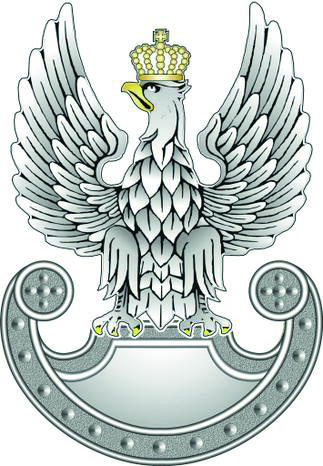Ticking threat
 Despite the 70 years since the end of World War II, Explosive Remnants of War (ERW) are still being found in the forests, rivers, urban areas during earth works and farming. In 2016, the Ministry of Defense received nearly 8,000 reports from people finding ERW. There are 41 Mine Clearance Patrols (EOD) from all the Services responsible for responding to the reports and clearing the ERW. The patrols have already detected and neutralized nearly 750,000 units of bombs, artillery shells, mines, grenades and other ammunition.
Despite the 70 years since the end of World War II, Explosive Remnants of War (ERW) are still being found in the forests, rivers, urban areas during earth works and farming. In 2016, the Ministry of Defense received nearly 8,000 reports from people finding ERW. There are 41 Mine Clearance Patrols (EOD) from all the Services responsible for responding to the reports and clearing the ERW. The patrols have already detected and neutralized nearly 750,000 units of bombs, artillery shells, mines, grenades and other ammunition.
Awareness campaign
EOD experts are also invited to schools to give classes for children how to deal with hazardous items when approach. Last year, sappers gave 252 mine awareness classes learned about the dangers of unexploded ordnance and duds.
Non combat tasks
In addition to military activities, engineers help civilians during humanitarian crisis action, e.g. floods, fires and hurricanes. The Army is better able to respond to the needs of the population. In 2013, the Army created special engineer units responsible for reconstruction after a severe weather disasters. They built 10 bridges and numerous roads across the country during that year. They plan to complete twice as many projects during the upcoming years.
MILENG Training Centre
Engineers are trained mostly in the Military Engineering and CBRN Training Center in Wroclaw, additionally enhance level of skills and knowledge by attending in different specialized courses in many NATO countries.
Engineers' Day
Since 1946, the Day of Military Engineering is celebrated on 16 April to commemorate the crossing of the Oder and Neisse River in 1945 during World War II. The campaign encompassed 25 engineer battalions, the largest battle grouping of military engineering in the history of the Polish Army. Several thousand engineers died during the rivers crossing. The action itself has become a symbol of their courage and sacrifice
Sapper colors are black and red.
The black color reflect an explosive dust.  The red is
a symbol of the blood shed by generations of engineers during the wars, foreign
missions and the peaceful struggle of the "rusty death".
The red is
a symbol of the blood shed by generations of engineers during the wars, foreign
missions and the peaceful struggle of the "rusty death".